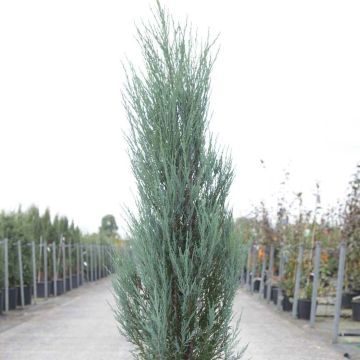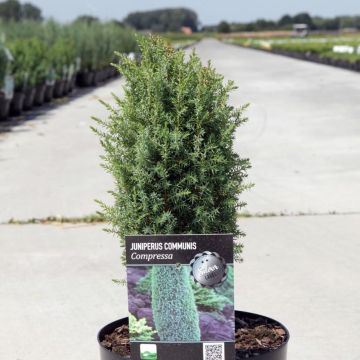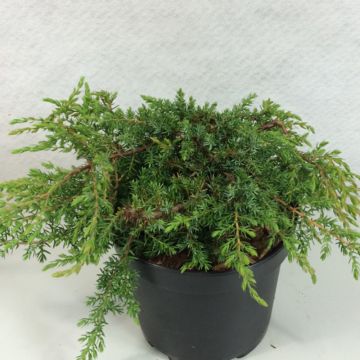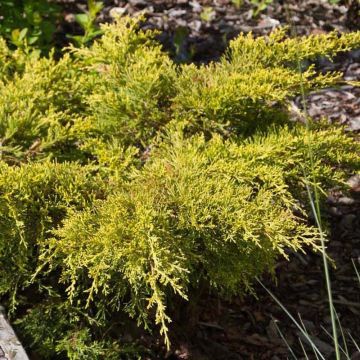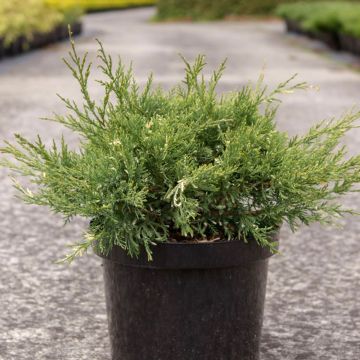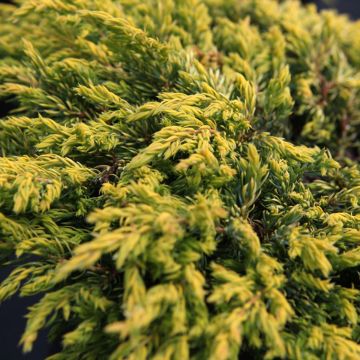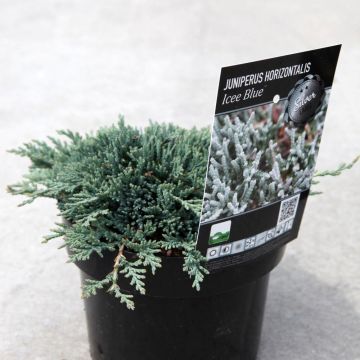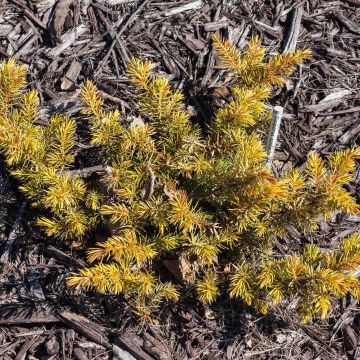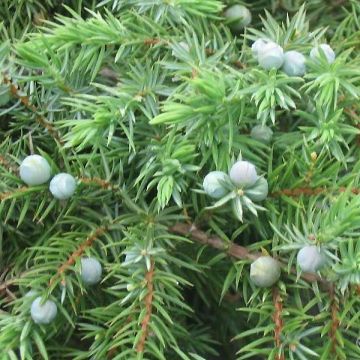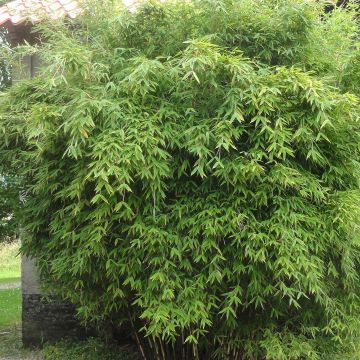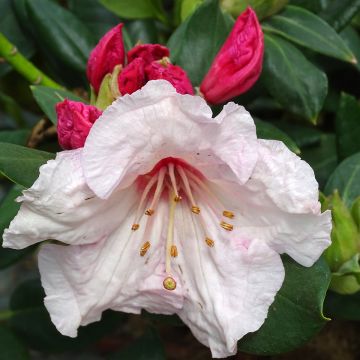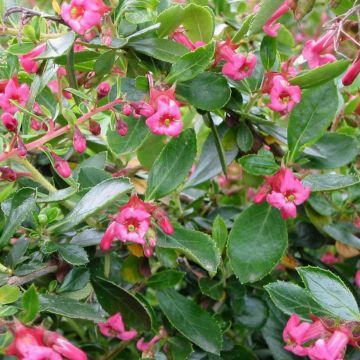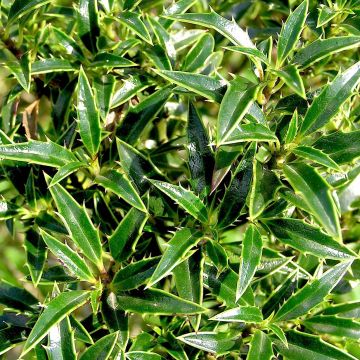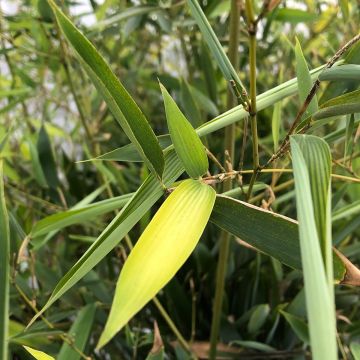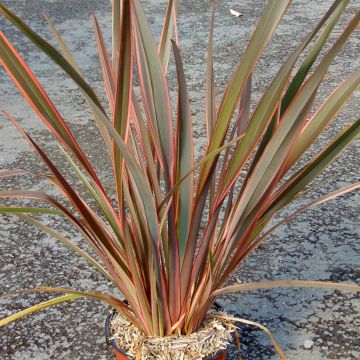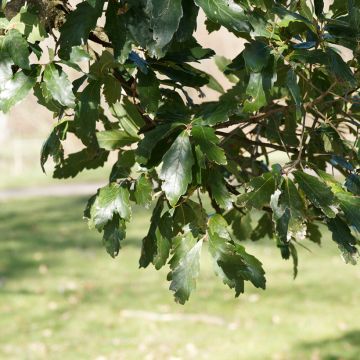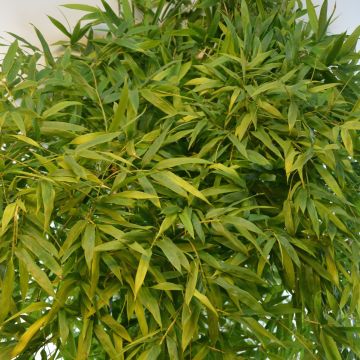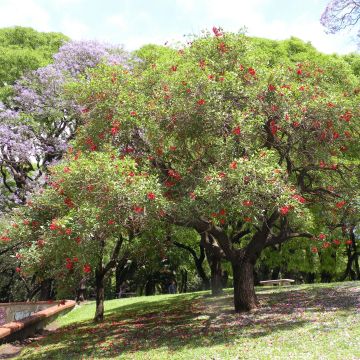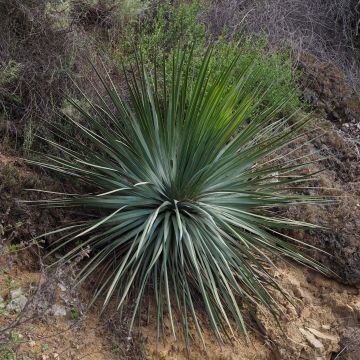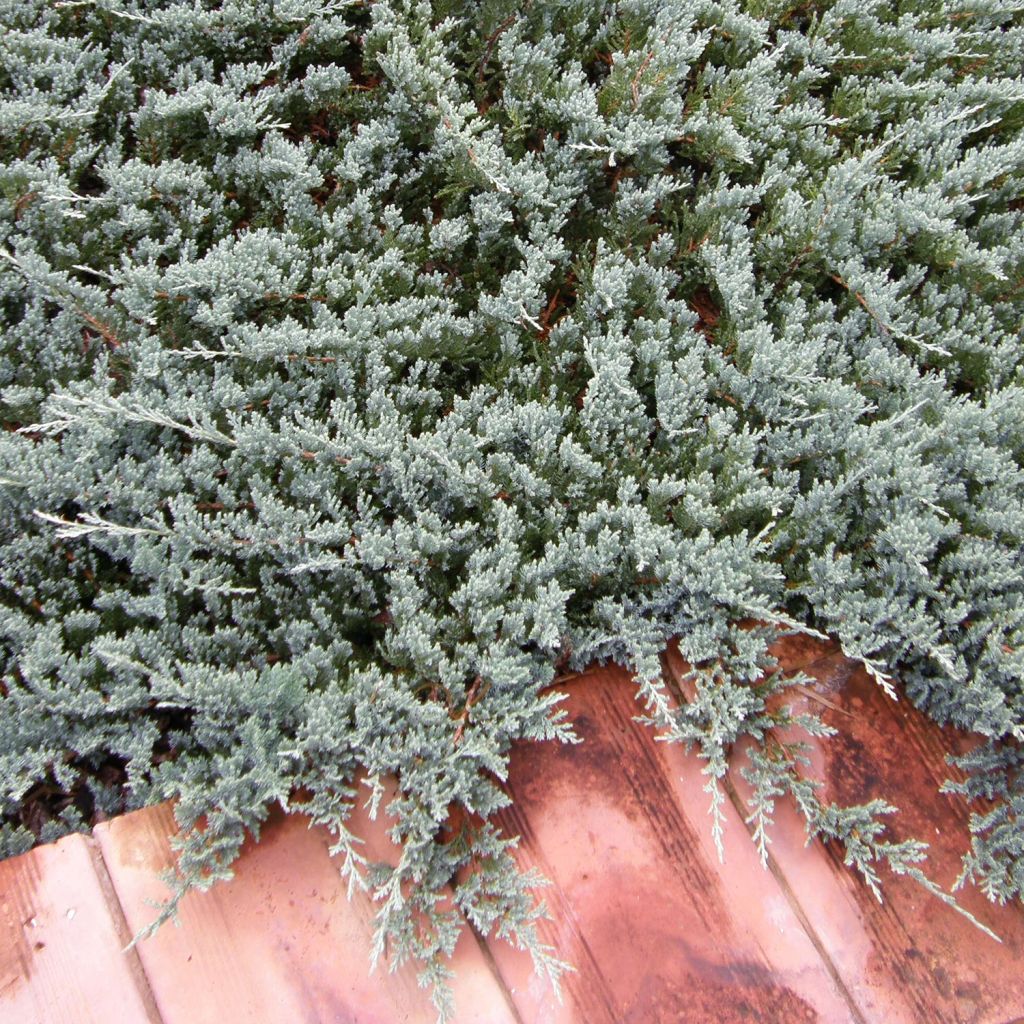

Juniperus horizontalis Blue Chip
Juniperus horizontalis Blue Chip
Juniperus horizontalis Blue Chip
Creeping Juniper, Creeping Cedar, Creeping Savin
This item cannot be shipped to the selected country
Delivery charge from €5.90
Delivery charge from €5.90
Delivery charge from €5.90
Delivery to Corse prohibited
More information
Schedule delivery date,
and select date in basket
This plant carries a 24 months recovery warranty
More information
We guarantee the quality of our plants for a full growing cycle, and will replace at our expense any plant that fails to recover under normal climatic and planting conditions.
From €5.90 for pickup delivery and €6.90 for home delivery
Express home delivery from €8.90.
From €5.90 for pickup delivery and €6.90 for home delivery
Express home delivery from €8.90.
From €5.90 for pickup delivery and €6.90 for home delivery
Express home delivery from €8.90.
Delivery to Corse prohibited: UE law prohibits the import of this plant from mainland France to Corse as part of the fight against Xylella fastidiosa. Please accept our sincere apologies.
More information
Does this plant fit my garden?
Set up your Plantfit profile →
Description
Juniperus horizontalis 'Blue Chip' is undoubtedly the bluest of creeping junipers. Over time, it forms a large carpet of non-prickly scaled branches, covered in magnificent grey-green foliage. In winter, it takes on an astonishing grey-purple to purple hue. This vigorous conifer is perfectly adapted to difficult conditions and shows fairly rapid growth. It is extremely hardy. It is an excellent ground cover for decorating a large slope, a rock garden, or a container. It appreciates full sun and well-drained soil, even poor, occasionally dry and limestone soil.
Juniperus horizontalis is an evergreen and prostrate conifer belonging to the Cupressaceae family, which includes related species such as cypresses and chamaecyparis. It is native to the northern regions of North America, which explains its excellent hardiness. In its natural environment, it has a prostrate, very spreading habit, reaching up to 45 cm (17.7 in) thick and 2 m to 4 m (6.6 ft to 13.1 ft) wide. This species enjoys cool climates, poor, sandy and/or limestone soils, and is not afraid of arid conditions.
'Blue Chip', derived from this species, forms a prostrate shrub after 10 years, with a very spreading habit, measuring 15 cm (5.9 in) in height and 1.5 m (4.9 ft) in width. It grows quite slowly when young, and then its growth accelerates slightly as it ages. An adult specimen will measure about 30 cm (11.8 in) in height and 2 m (6.6 ft) in diameter, or even more. The spreading branches can root, so a single plant can eventually cover a large area. Its foliage consists of two types of leaves: the juvenile ones have a scale-like appearance while the adult leaves are needles. Its small, tightly packed juvenile leaves release a resinous and aromatic odour when rubbed. From spring to autumn, the foliage has a grey-green colour with intense blue reflections, gradually taking on a beautiful, somewhat indefinable grey-purple-to-purple colour in winter. Junipers have a shallow root system that makes them fragile when it comes to transplantation. It also makes them vulnerable to strong winds and difficult to associate with perennials.
'Blue Chip' is an extraordinary conifer. It is undemanding and easily conquers space in the most difficult areas of the garden as long as they are sunny. Plant it in a dry garden, on a large slope, among rocks, or above a wall, as it goes well with geometric lines and masonry structures. It can also be planted near a water feature, overlooking a rocky slope. It adapts very well to container cultivation. The structural qualities of conifers naturally shine in a contemporary garden, which prefers the aesthetics of forms, silhouettes, and textures over the fleeting appearance of flowers. These plants have a reassuring permanence that provides lasting structure to a flower bed. They can be used to mark pathways and border terraces, easily replacing trimmed boxwood or holly. They go well with tousled grasses like beach grass, with a very complementary temperament. The key is to play with volumes and colours.
Report an error about the product description
Juniperus horizontalis Blue Chip in pictures
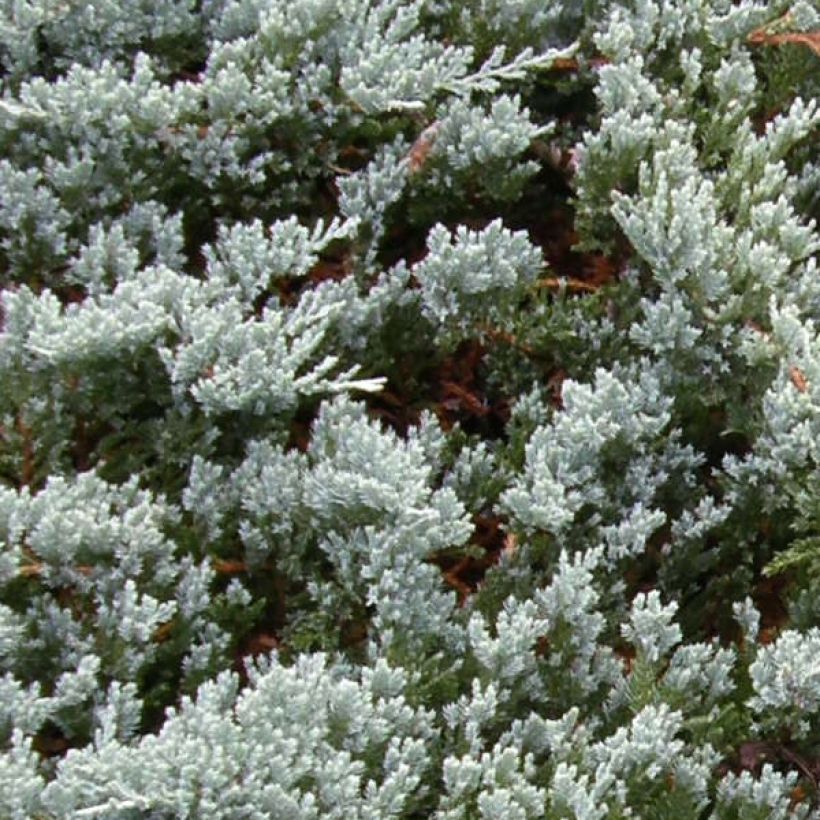

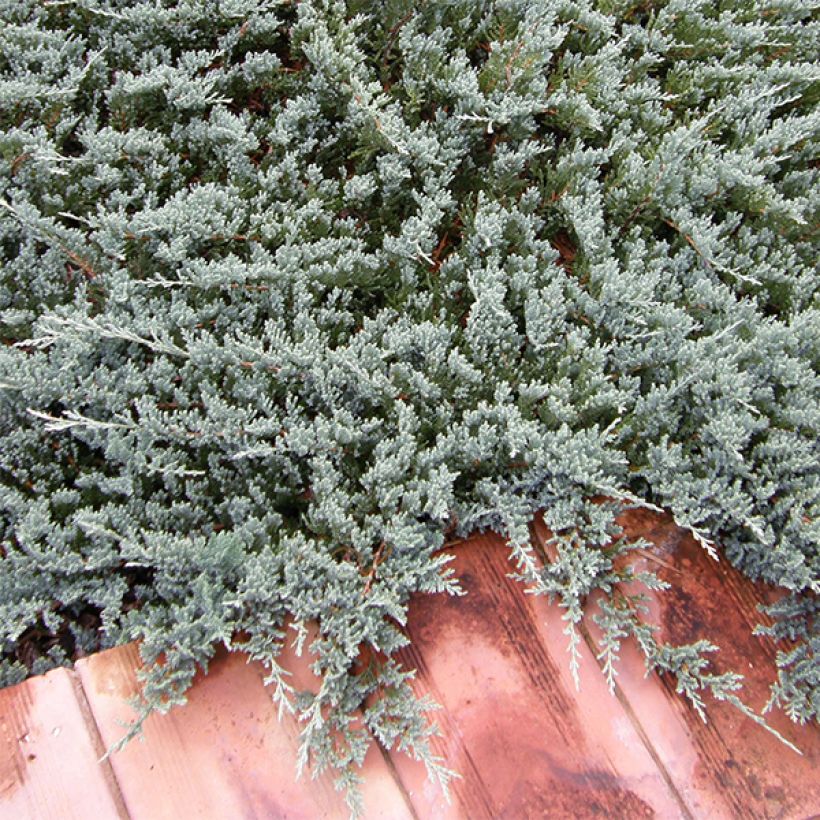

Plant habit
Foliage
Safety measures
Botanical data
Juniperus
horizontalis
Blue Chip
Cupressaceae
Creeping Juniper, Creeping Cedar, Creeping Savin
Cultivar or hybrid
atteinterespiratoire
Cette plante peut entraîner des symptômes allergiques.
Evitez de la planter si vous ou vos proches souffrez de rhinite saisonnière ("rhume des foins").
Davantage d'informations sur https://plantes-risque.info
Other Juniperus - Juniper
Planting and care
Plant from September to November and from February to June in well-drained, light, even limestone and poor soil. It is not bothered by rocky or sandy soil that can occasionally be dry. Choose a very sunny or semi-shaded location sheltered from prevailing winds. Soak the root balls well before planting. Add organic matter when planting and water thoroughly in the first few years, especially during prolonged dry spells. Apply a special conifer fertiliser every year in April and weed the soil in summer. This very hardy conifer dislikes heavy, waterlogged soils in winter. Pruning is not necessary, as this plant expresses its full potential when allowed to grow freely. If pruning is necessary, do so between June and September. In this case, be careful to only prune the young shoots, as the old branches, devoid of needles, do not regenerate.
Planting period
Intended location
Care
This item has not been reviewed yet - be the first to leave a review about it.
Evergreen shrubs
Haven't found what you were looking for?
Hardiness is the lowest winter temperature a plant can endure without suffering serious damage or even dying. However, hardiness is affected by location (a sheltered area, such as a patio), protection (winter cover) and soil type (hardiness is improved by well-drained soil).

Photo Sharing Terms & Conditions
In order to encourage gardeners to interact and share their experiences, Promesse de fleurs offers various media enabling content to be uploaded onto its Site - in particular via the ‘Photo sharing’ module.
The User agrees to refrain from:
- Posting any content that is illegal, prejudicial, insulting, racist, inciteful to hatred, revisionist, contrary to public decency, that infringes on privacy or on the privacy rights of third parties, in particular the publicity rights of persons and goods, intellectual property rights, or the right to privacy.
- Submitting content on behalf of a third party;
- Impersonate the identity of a third party and/or publish any personal information about a third party;
In general, the User undertakes to refrain from any unethical behaviour.
All Content (in particular text, comments, files, images, photos, videos, creative works, etc.), which may be subject to property or intellectual property rights, image or other private rights, shall remain the property of the User, subject to the limited rights granted by the terms of the licence granted by Promesse de fleurs as stated below. Users are at liberty to publish or not to publish such Content on the Site, notably via the ‘Photo Sharing’ facility, and accept that this Content shall be made public and freely accessible, notably on the Internet.
Users further acknowledge, undertake to have ,and guarantee that they hold all necessary rights and permissions to publish such material on the Site, in particular with regard to the legislation in force pertaining to any privacy, property, intellectual property, image, or contractual rights, or rights of any other nature. By publishing such Content on the Site, Users acknowledge accepting full liability as publishers of the Content within the meaning of the law, and grant Promesse de fleurs, free of charge, an inclusive, worldwide licence for the said Content for the entire duration of its publication, including all reproduction, representation, up/downloading, displaying, performing, transmission, and storage rights.
Users also grant permission for their name to be linked to the Content and accept that this link may not always be made available.
By engaging in posting material, Users consent to their Content becoming automatically accessible on the Internet, in particular on other sites and/or blogs and/or web pages of the Promesse de fleurs site, including in particular social pages and the Promesse de fleurs catalogue.
Users may secure the removal of entrusted content free of charge by issuing a simple request via our contact form.
The flowering period indicated on our website applies to countries and regions located in USDA zone 8 (France, the United Kingdom, Ireland, the Netherlands, etc.)
It will vary according to where you live:
- In zones 9 to 10 (Italy, Spain, Greece, etc.), flowering will occur about 2 to 4 weeks earlier.
- In zones 6 to 7 (Germany, Poland, Slovenia, and lower mountainous regions), flowering will be delayed by 2 to 3 weeks.
- In zone 5 (Central Europe, Scandinavia), blooming will be delayed by 3 to 5 weeks.
In temperate climates, pruning of spring-flowering shrubs (forsythia, spireas, etc.) should be done just after flowering.
Pruning of summer-flowering shrubs (Indian Lilac, Perovskia, etc.) can be done in winter or spring.
In cold regions as well as with frost-sensitive plants, avoid pruning too early when severe frosts may still occur.
The planting period indicated on our website applies to countries and regions located in USDA zone 8 (France, United Kingdom, Ireland, Netherlands).
It will vary according to where you live:
- In Mediterranean zones (Marseille, Madrid, Milan, etc.), autumn and winter are the best planting periods.
- In continental zones (Strasbourg, Munich, Vienna, etc.), delay planting by 2 to 3 weeks in spring and bring it forward by 2 to 4 weeks in autumn.
- In mountainous regions (the Alps, Pyrenees, Carpathians, etc.), it is best to plant in late spring (May-June) or late summer (August-September).
The harvesting period indicated on our website applies to countries and regions in USDA zone 8 (France, England, Ireland, the Netherlands).
In colder areas (Scandinavia, Poland, Austria...) fruit and vegetable harvests are likely to be delayed by 3-4 weeks.
In warmer areas (Italy, Spain, Greece, etc.), harvesting will probably take place earlier, depending on weather conditions.
The sowing periods indicated on our website apply to countries and regions within USDA Zone 8 (France, UK, Ireland, Netherlands).
In colder areas (Scandinavia, Poland, Austria...), delay any outdoor sowing by 3-4 weeks, or sow under glass.
In warmer climes (Italy, Spain, Greece, etc.), bring outdoor sowing forward by a few weeks.

































